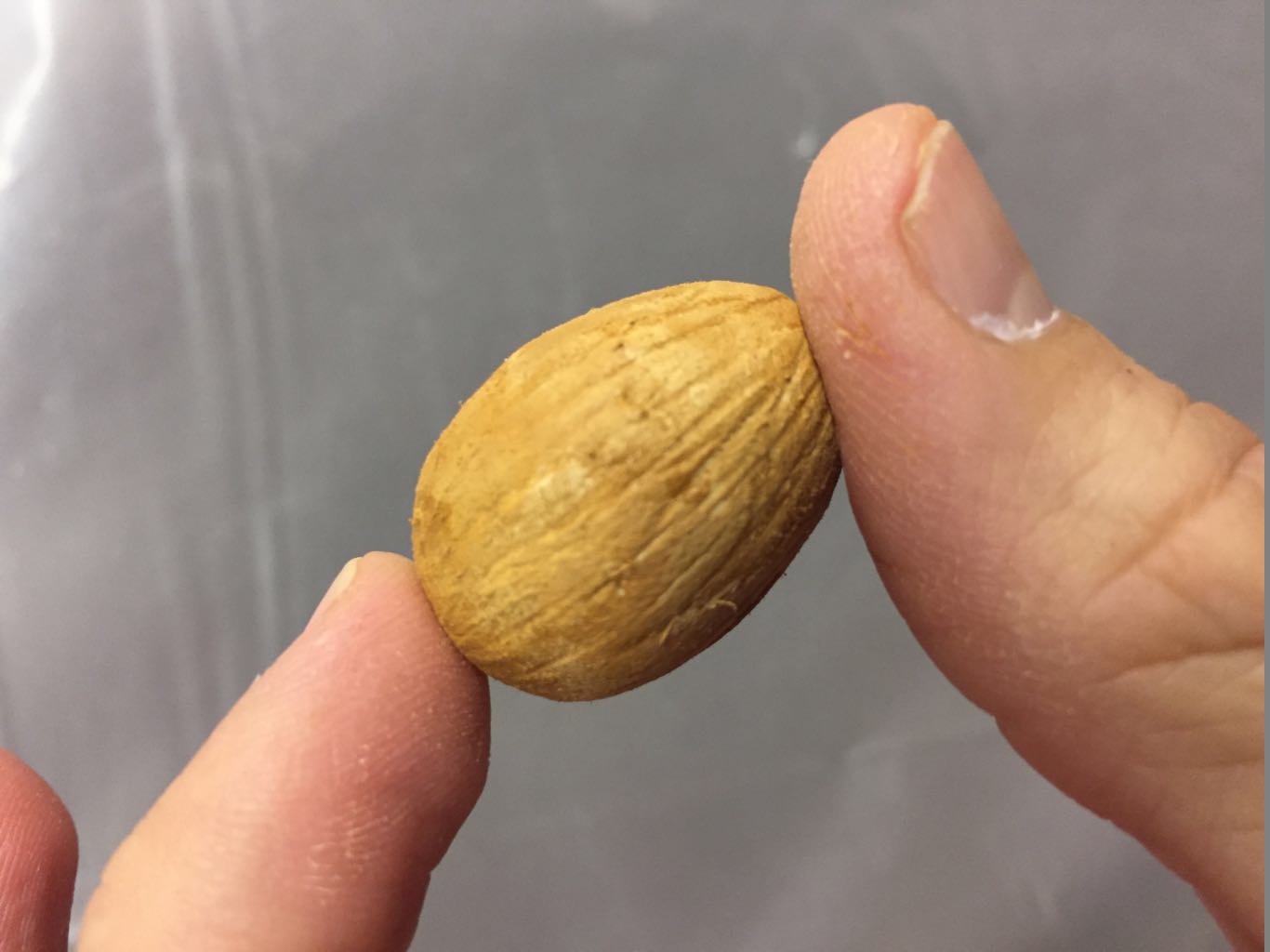 Garlick, from The Herbal by John Gerard, 1597.
Garlick, from The Herbal by John Gerard, 1597.
I’ve got a guest post up on Books, Health and History, the New York Academy of Medicine’s blog, based on Eight Flavors: The Untold Story of American Cuisine. I’ll be speaking there on Monday, June 5, about the whole history of garlic (to read more about this lecture and to register, go HERE.) But in the meantime, this post is all about garlic’s connection to medicine:
Ms. Amelia Simmons gave America its first cookbook in 1796; within her pamphlet filled with sweet and savory recipes, she makes this note about garlic: “Garlickes, tho’ used by the French, are better adapted to the uses of medicine than cookery.” In her curt dismissal, she reflected a belief that was thousands of years old: garlic was best for medicine, not for eating. To add it to your dinner was considered the equivalent of serving a cough syrup soup.
You can the entire post, including some of garlic’s more dubious medical claims, here.









